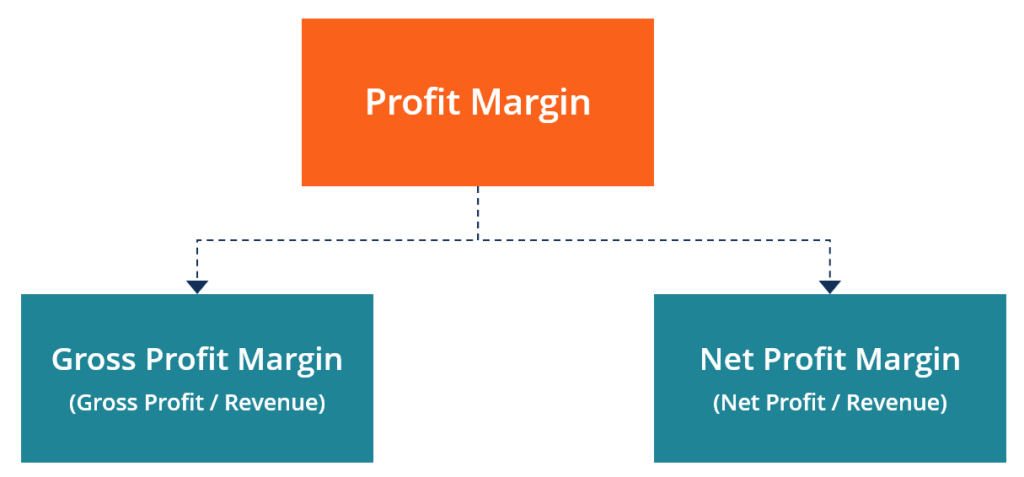

The total revenue is how much your business makes out of net sales. This gross margin formula gives a percentage value. Gross margin = (Total revenue – Cost of goods sold) / Total revenue x 100 The comparison will be fruitful if the business size is similar. Gross margin can be used to compare your business with another business in the same industry. Based on the gross margin, you can understand if your business operations are improving or if they are becoming inefficient. For example, you can check how your business is doing over time and compare your performance over different periods. Gross margin can be helpful when it comes to comparison. If it can do so, then it can enjoy improved profits. Gross margin enables a business to look at whether it can efficiently control its production costs or not.

Gross margin gives investors the chance to analyze whether a stock is worth buying or not. It can help determine the best and safe course of action when the competitor has reduced its prices. Gross margin lets you understand if it is possible to increase a product’s selling price when costs are increasing. It allows you to understand which products aren’t profitable in which case you can improve it or phase it out and seize its production. It enables key decision-makers to know which products should be marketed and promoted so they can make better sales and improve their bottom line. Gross margin is important for many reasons and one of them is the ability to assess a business. From this, we can deduce that gross profit (or gross margin) is essentially when you calculate the gross margin in dollars and gross profit margin is when you calculate the percentage or ratio. Another formula used to calculate it is product gross profit margin divided by product selling price. It is calculated as gross profit divided by net sales. The gross profit margin on the other hand is also known as the gross margin ratio or the gross profit percentage. Another alternative to the calculation is the product selling price minus the product cost. Gross profit is the net sales minus the cost of goods sold. Gross profit and gross profit margin may sound like the same term but they are a little different. Gross profit, gross profit margin, and gross margin. TallyPrime - Simple to learn and easier to use
#Gross margin percentcalculator how to#
How to Find Gross Profit: Definition, Calculation & Formula A business can have a much higher gross margin such as 40% and have a much smaller profit margin such as 10% of net sales. Profit margin takes those expenses into account when the calculation is being done. If you look at the gross margin formula you will notice that it excludes interest expenses and general and administrative expenses. However, the standalone term profit margin is a different concept that uses a different formula. The gross margin and gross profit margin are the same. The terms gross margin and profit margin are used interchangeably but they are different because of the expenses they include and exclude. The gross margin is calculated based on the gross margin formula. Gross margin can be calculated for the entire business too. It is possible to calculate the gross margin for a particular product line of a business or it can be calculated for every different type of product. In this case, it is called the gross margin ratio or gross profit percentage. Gross margin can also be a percentage of the net sales of a business. Gross margin can be a specific amount in which case it is called the gross profit. It subtracts the cost of sold goods from net sales. Gross margin is the profit earned after goods are sold and before the interest expense, general expenses, and administrative expenses are accounted for.
#Gross margin percentcalculator software#
How can business management software help improve gross margin?.


 0 kommentar(er)
0 kommentar(er)
